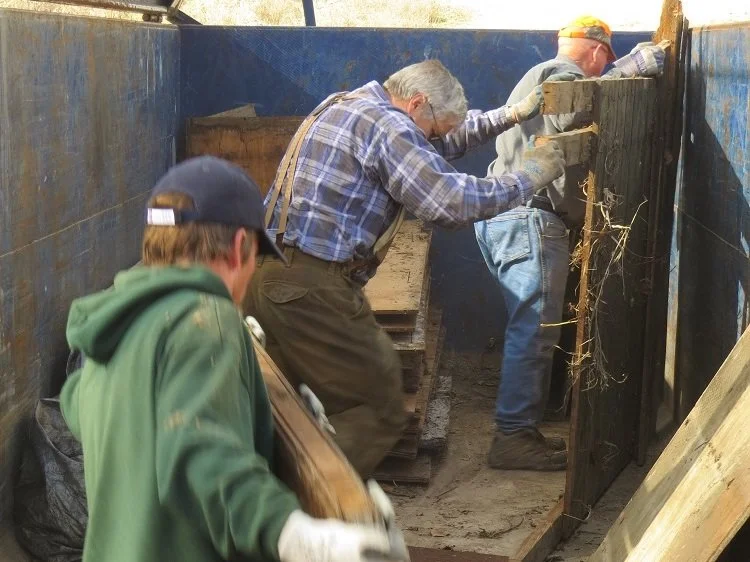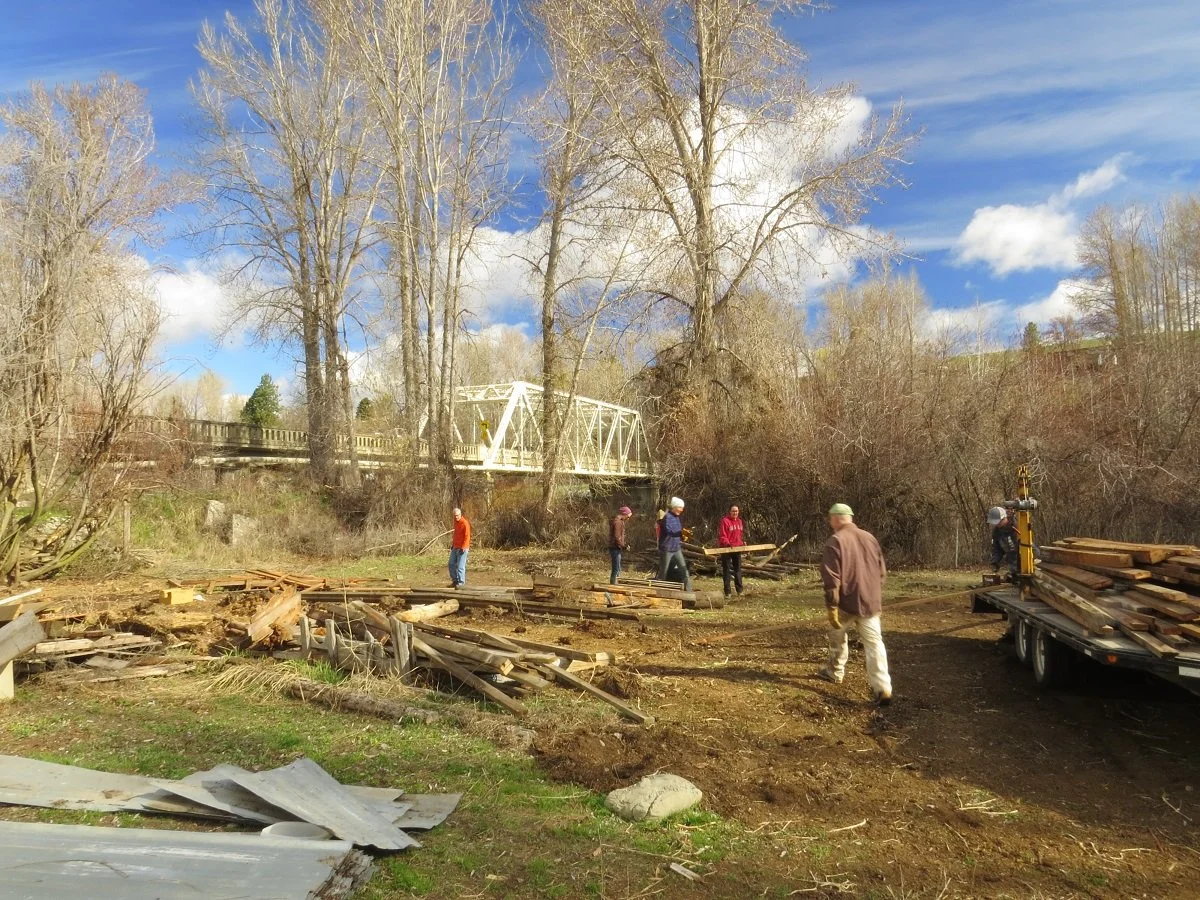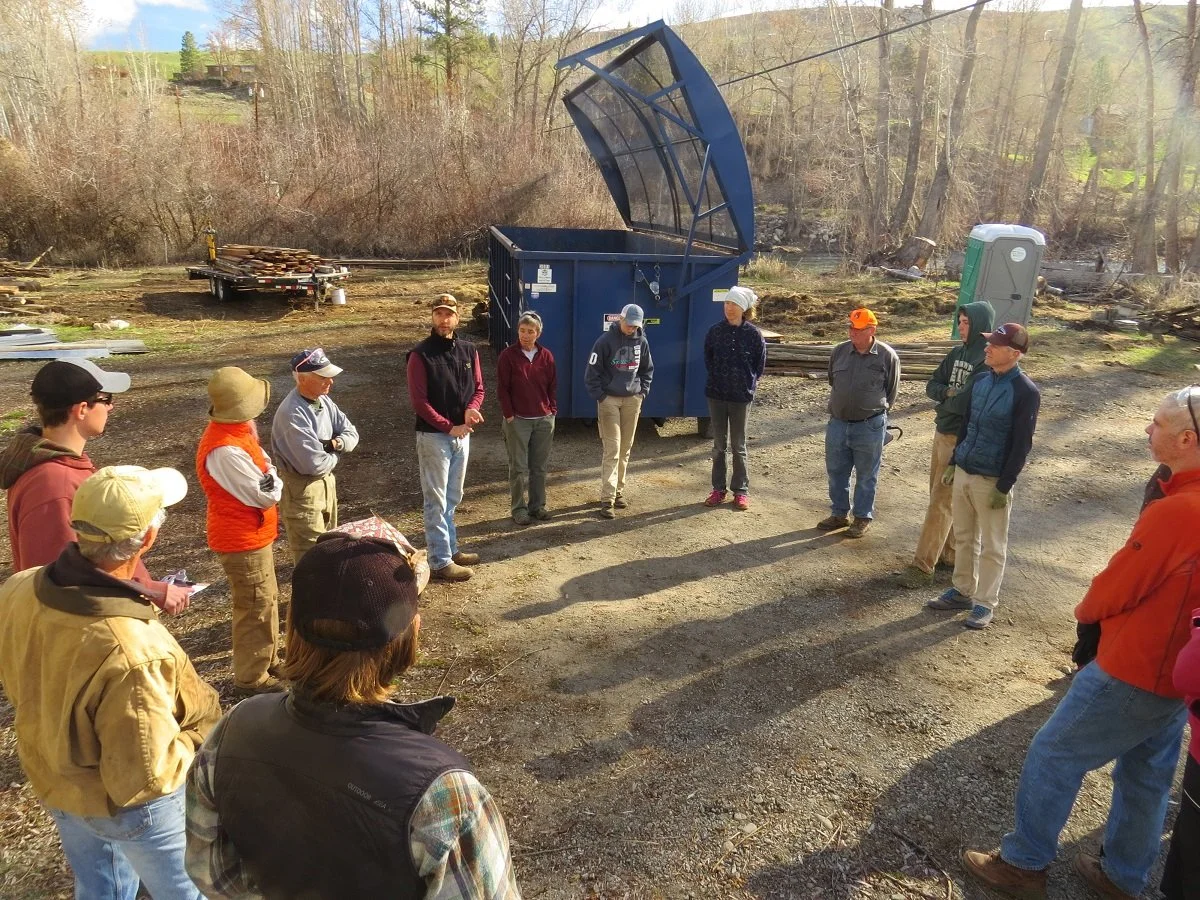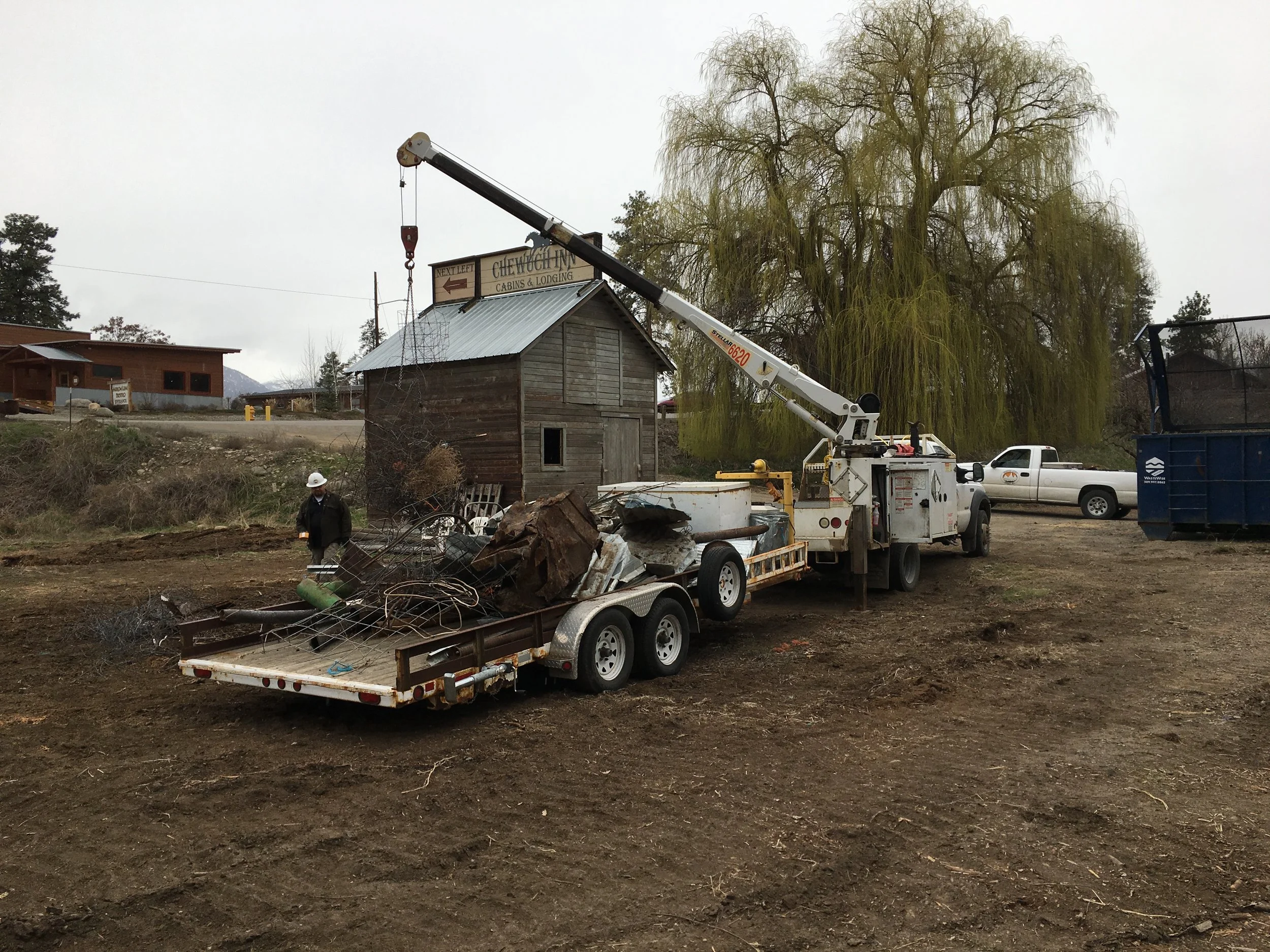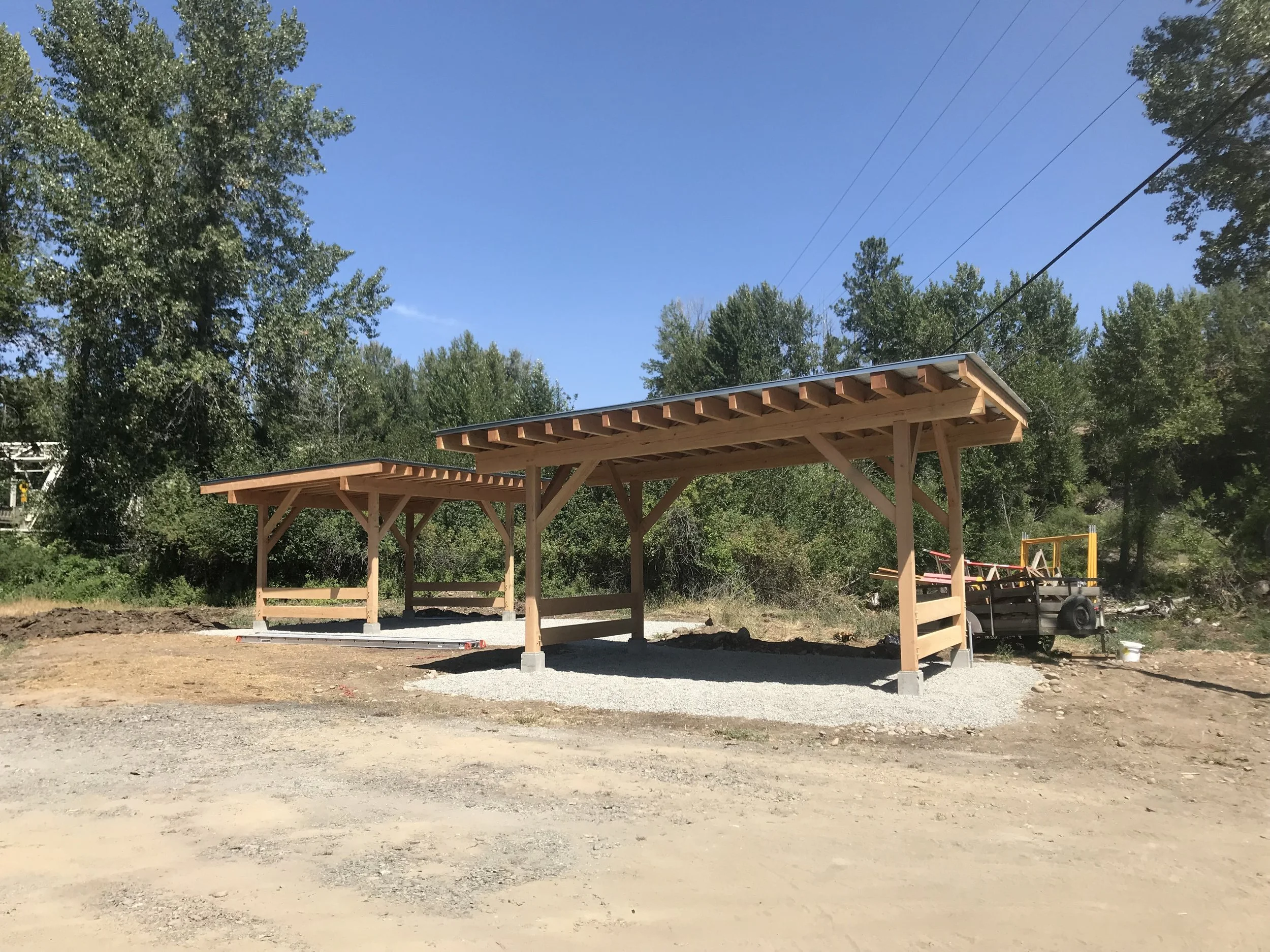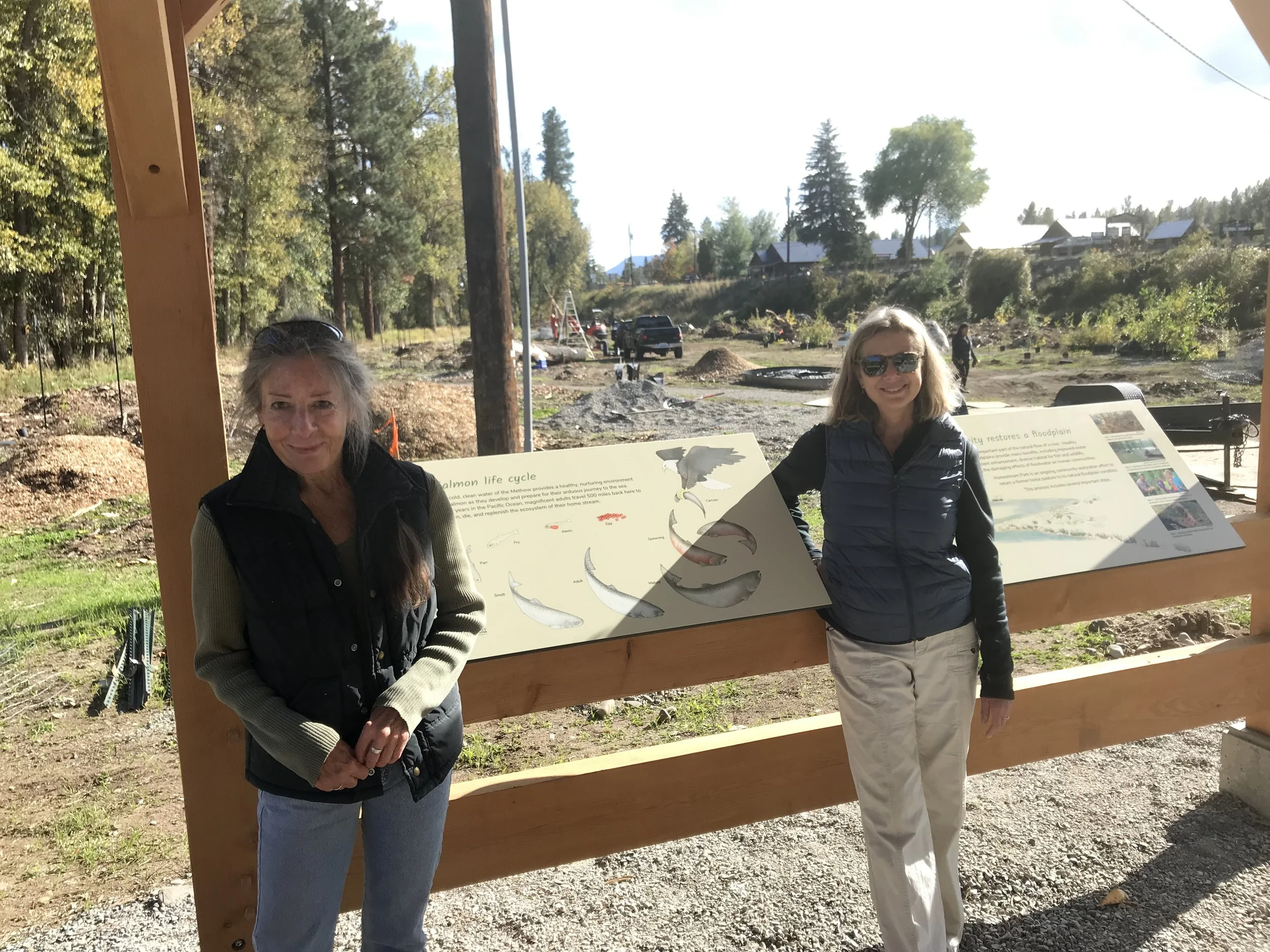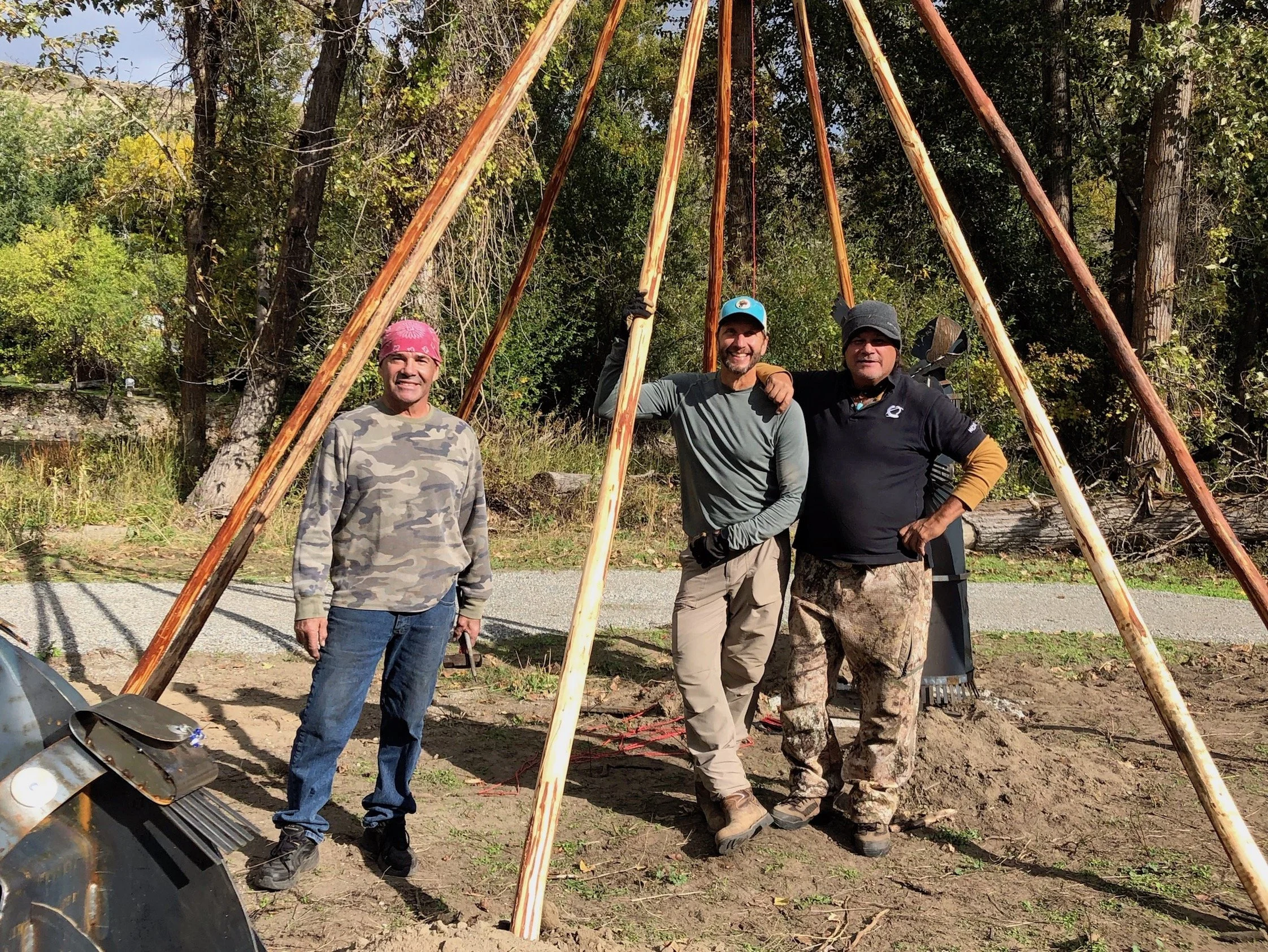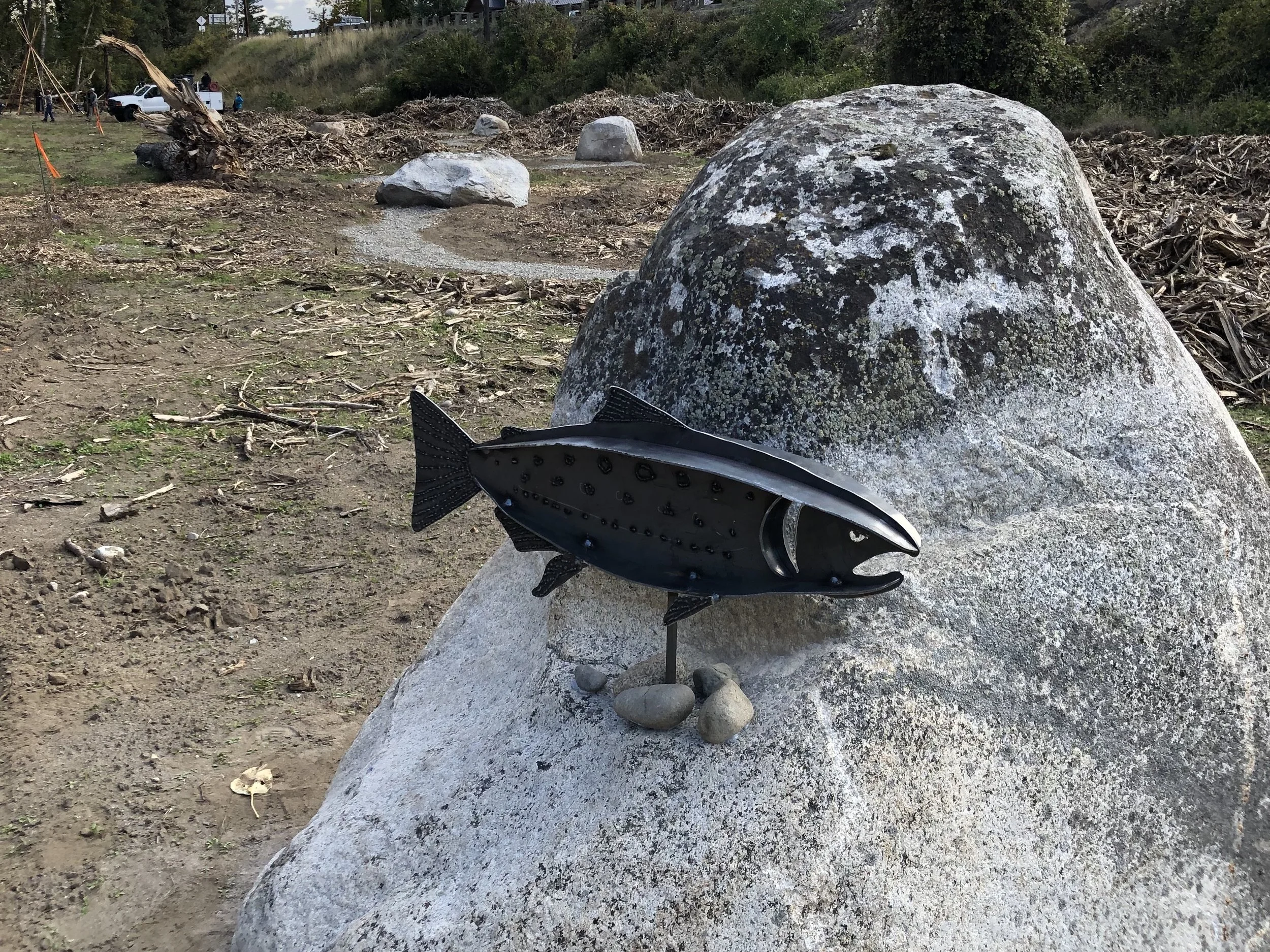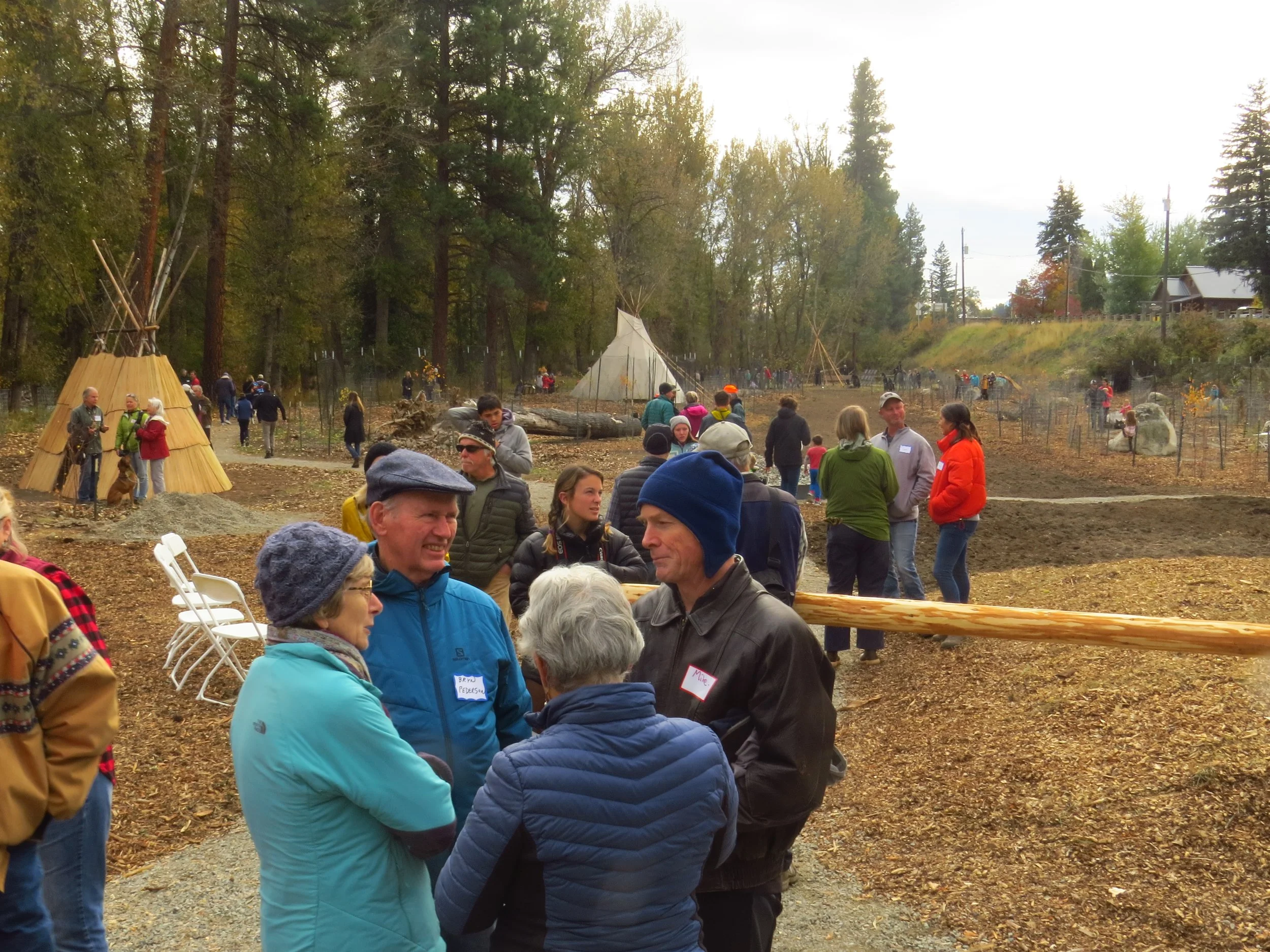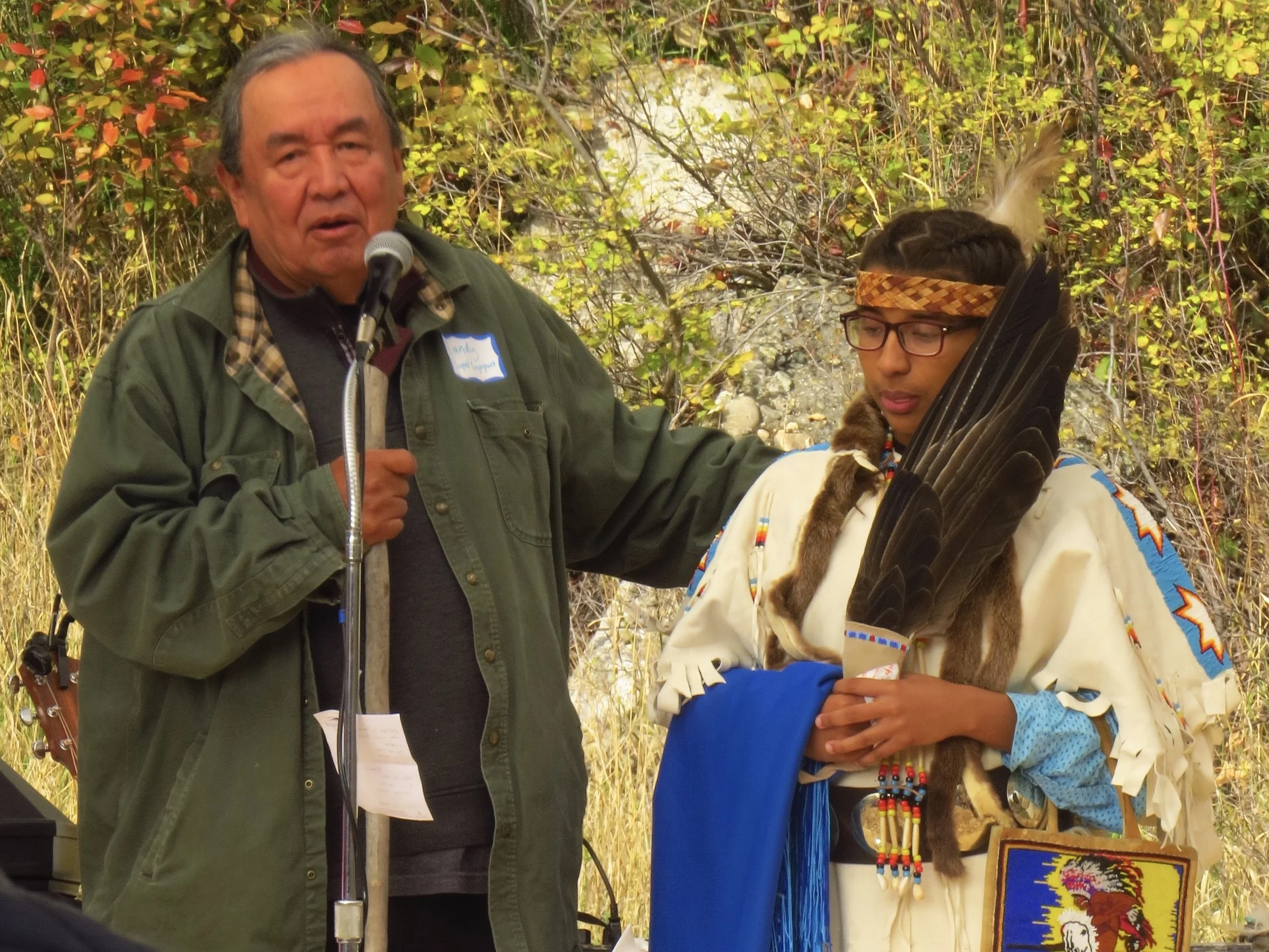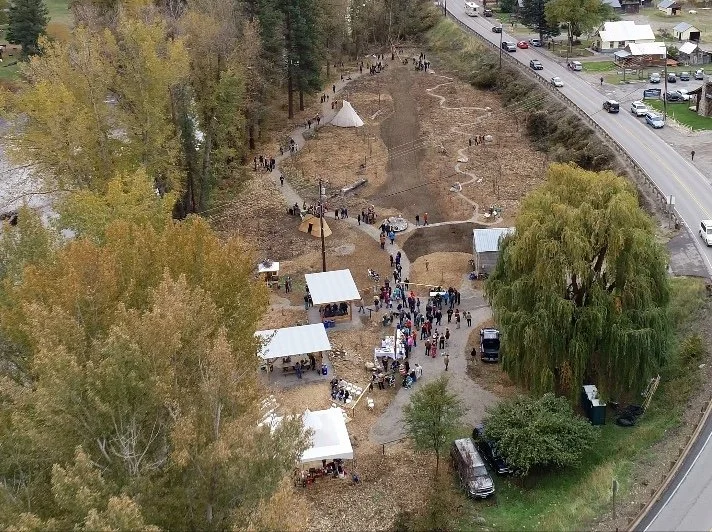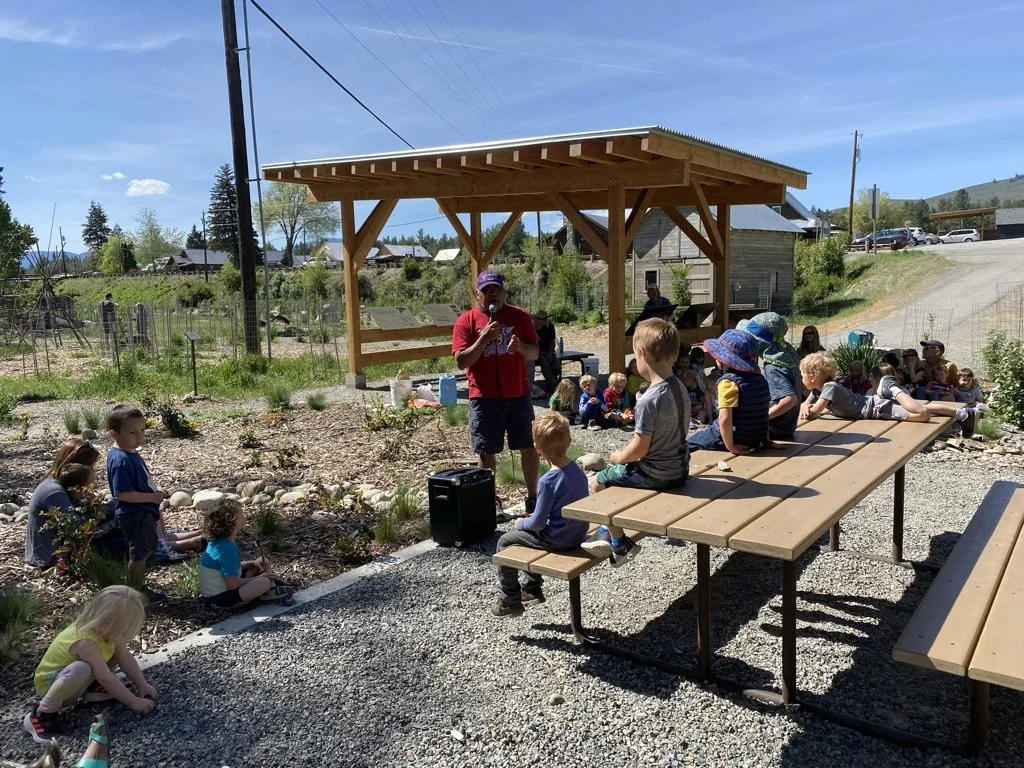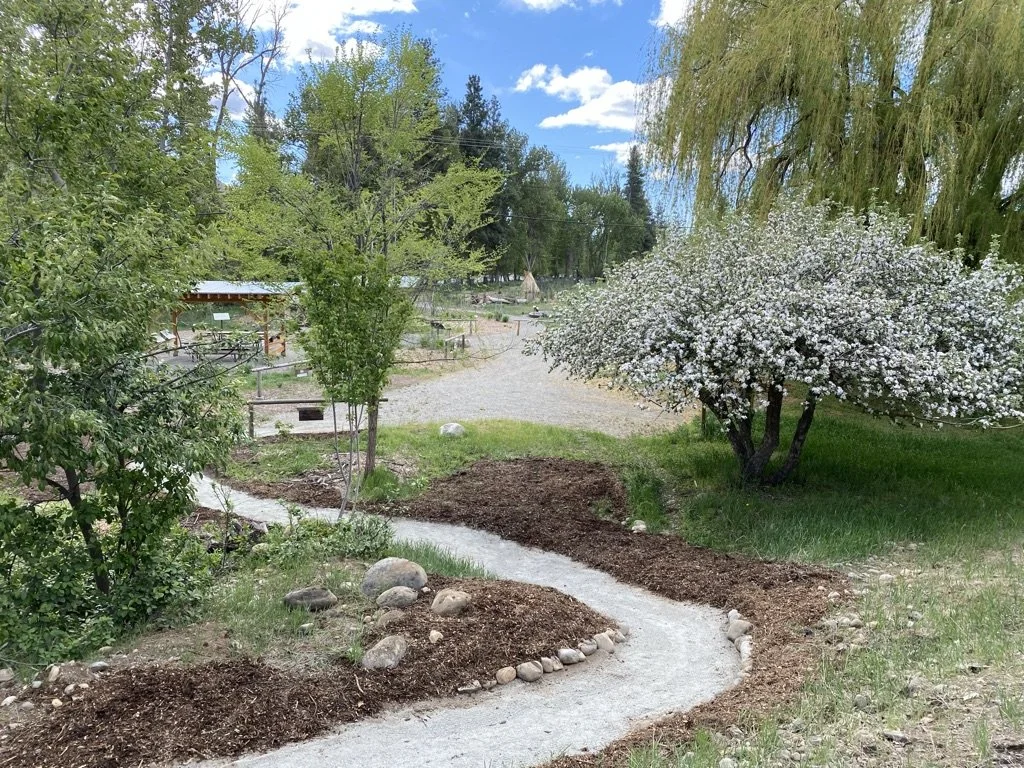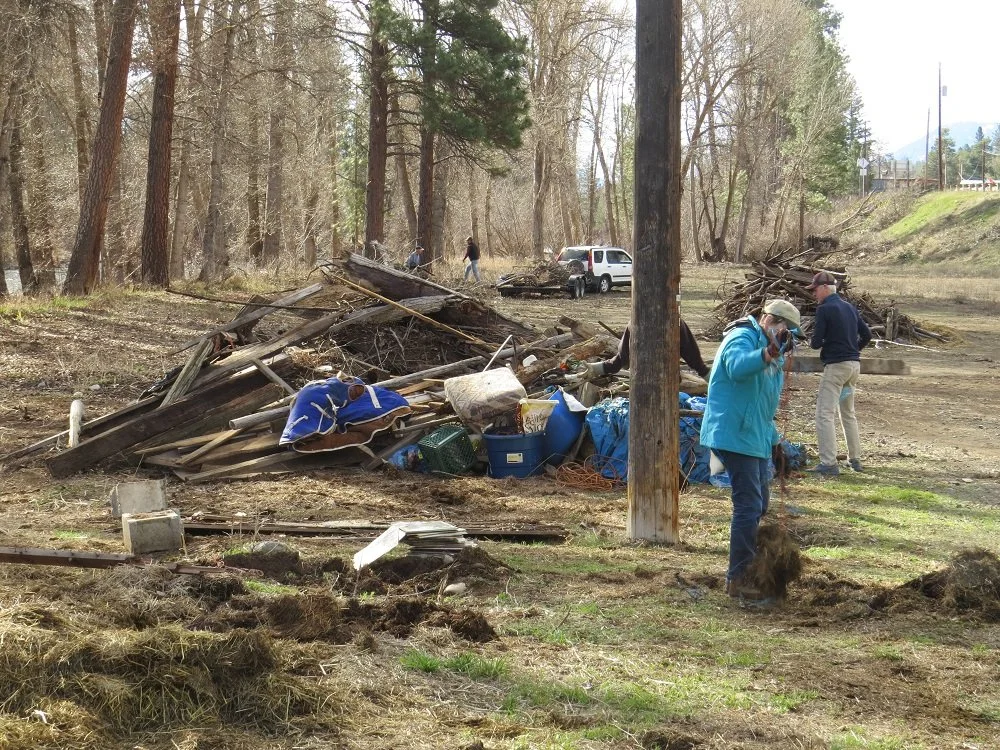
A Living History of Homestream Park
Where the river remembers.
Long before it became a park, this place was part of a thriving homeland—belonging to the Methow People, one of the twelve bands of the Confederated Tribes of the Colville Reservation. Since time immemorial, the Methow lived, fished, gathered, and raised families along these riverbanks. The Methow River was not just a source of water; it was life itself, offering salmon, ceremony, and connection.
In the late 1800s, the U.S. government removed the Methow People from this valley, forcing those who did not take allotments onto the Colville Reservation and opening the land to settlers. But displacement did not erase presence. Methow descendants, including families have maintained strong ties to this place, returning to fish, gather, share stories, and speak for the river that continues to sustain life.
The land that is now Homestream Park was once an overgrown, privately owned lot near downtown Winthrop. In 2017, longtime local residents Phil and Cathy Davis purchased the property with a powerful vision: to restore it as a space for public river access, ecological renewal, and cultural recognition. They named it Homestream Park to honor the salmon that return each year to their natal waters—and to honor the Methow People, who remain rooted in this homeland.
From the beginning, the Davises partnered closely with Methow descendants and members of the Confederated Tribes of the Colville Reservation. Mark Miller, a Methow descendant and respected cultural educator, was one of the first to walk the land with them. At the park’s grand opening in October 2019, Mark led a powerful blessing ceremony, sharing his belief that the spirits of his ancestors would feel welcomed back here—that this place would be familiar to them.
In response to that moment, and with deep respect for Indigenous traditions and relationships to place, the Davises created a Spirit Easement on the property—an unprecedented legal mechanism recognizing the spiritual and ancestral connection of the Methow People to this land. Created with the help of attorney Travis Thornton, the easement protects the site from future development that could disrupt that sacred relationship and formally acknowledges that Indigenous spirits are present, welcome, and at home here.
The spirit of Homestream Park also lives in its art. Renowned Colville tribal artist Smoker Marchand (1951–2023) created a series of striking steel sculptures for the park—salmon, deer, an eagle, and a fishing family—that reflect the lifeways, strength, and enduring presence of the Methow People. His work invites reflection and remembrance, offering all visitors a chance to connect with the deeper stories of this place.
The transformation of this land into a public park was made possible by the hard work and generosity of countless volunteers, who gave their time, skills, and heart to clearing invasive plants, planting native species, shaping trails, installing signage, and building gathering spaces. It was a true community effort, grounded in relationship and shared care for land and culture.
In 2023, Phil and Cathy Davis announced their intentions to transfer stewardship of Homestream Park to the Methow Valley Interpretive Center, ensuring that the park would remain in the care of a mission-aligned organization into the future. The official transfer of the property occurred in February 2024, following a fundraising campaign by MVIC to raise money for a Homestream Park Stewardship Fund. The intention of MVIC is to gift Homestream Park and the Stewardship Fund that supports the park’s annual maintenance to the original stewards of this place, the Methow People, when an Indigenous organization led by Methow People is formed and they are willing to accept this gift. Under the current care of the Interpretive Center, the park continues to be a place of learning, ceremony, welcome, and connection—a place for Methow people and for all who wish to engage with the history and future of this land in a spirit of respect.
This is a place where the river remembers. And where, together, we remember too.
